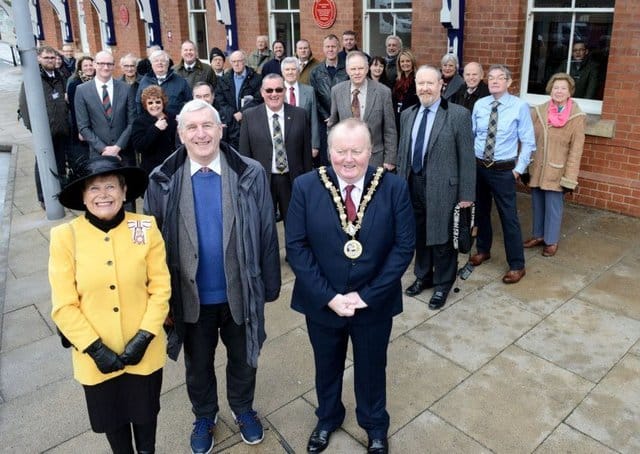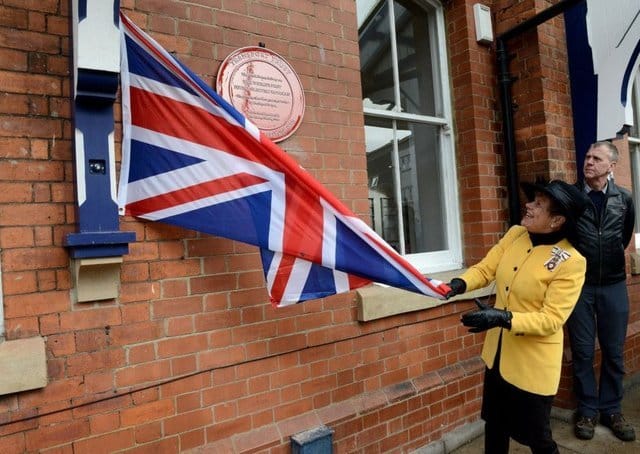Station Awards

Fascinating stories of Hartlepool railway station’s past are recognised
Two special transport heritage Red Wheels given by the Transport Trust have been awarded to the station after a 12-month project with the Friends of Hartlepool Station. One celebrates the introduction of the world’s first petrol-electric railway vehicle known as the Autocar which first ran in Hartlepool in 1904. Another commemorates the fact that the station was the only one in Britain to suffer a direct hit from a shell during the bombardment of Hartlepool in 1914.
Both plaques were unveiled by Lord Lieutenant Sue Snowdon who is the Queen’s representative for Hartlepool, Stockton and County Durham.
She said: “It’s an area which has a unique and very, very rich industrial heritage and I think the fact that we are recognising the part that Hartlepool has played today is of great significance.
“Both these tell such a story; very significant stories about this part of the world.”


The station is the only location in Britain ever to have been awarded two Red Wheels and information panels have also been added on the platform.
Stephen Middleton, of the Transport Trust and also the Autocar Trust, said the Autocar, which was an alternative to coal fuelled steam trains and electric trams, was the pioneer for all modern trains today.
Two Autocars built in York were trailed on passenger routes in the town from 1904 and ran between West Hartlepool and Hartlepool stations.
Mr Middleton said: “It marked something of global significance and I’m so glad the people of Hartlepool have seen fit to recognise it.”
Mike Anderson, secretary of the Friends of Hartlepool Station, said the project came about after they noticed how the scars of the station shelling can still be seen at the far end of the platform.
On December 16, 1914, despite the danger, the station’s staff stuck to their posts seeing the 8.27am express out of the station just seconds before a shell burst through the platform wall.
Mr Anderson said: “I think the Red Wheels and these interpretation panels add a feature and an interest for travellers and visitors to Hartlepool.”
He thanked Northern for project funding and local historians Mark Simmons of Hartlepool council and John Watson and Steve Frost.

